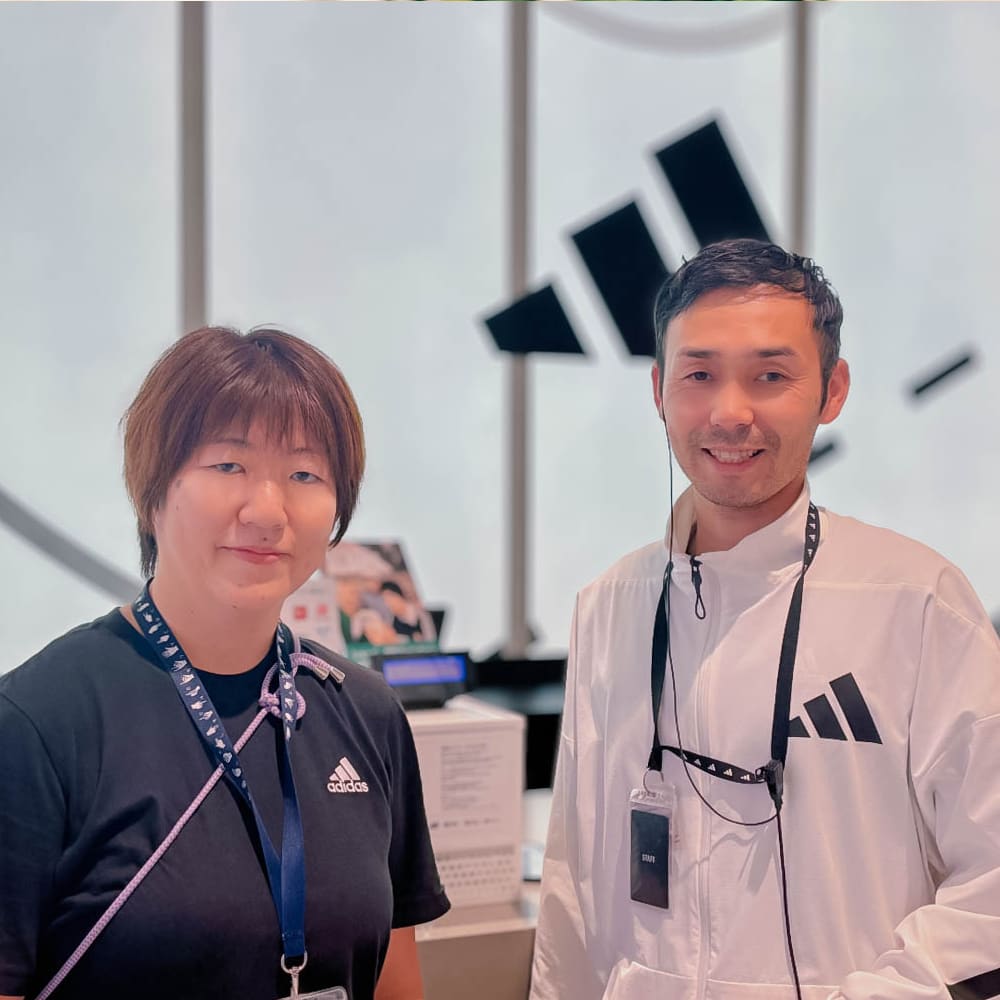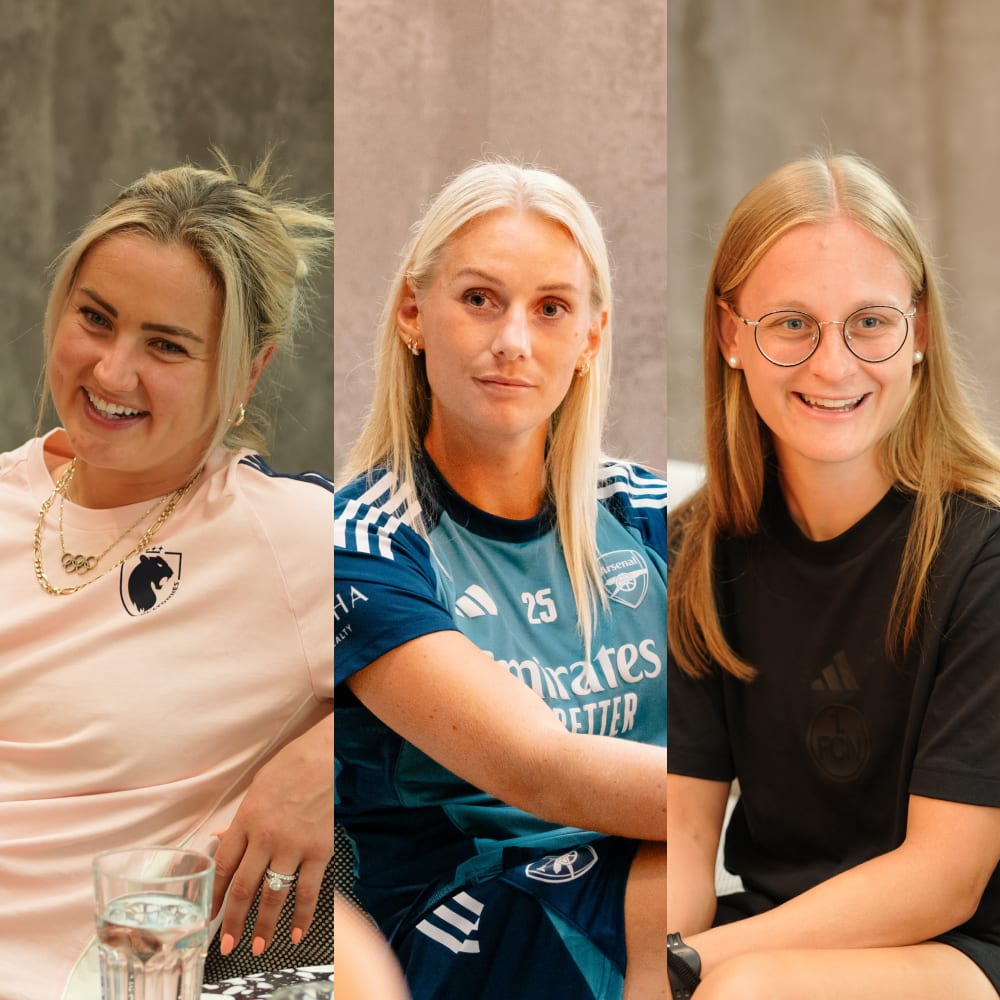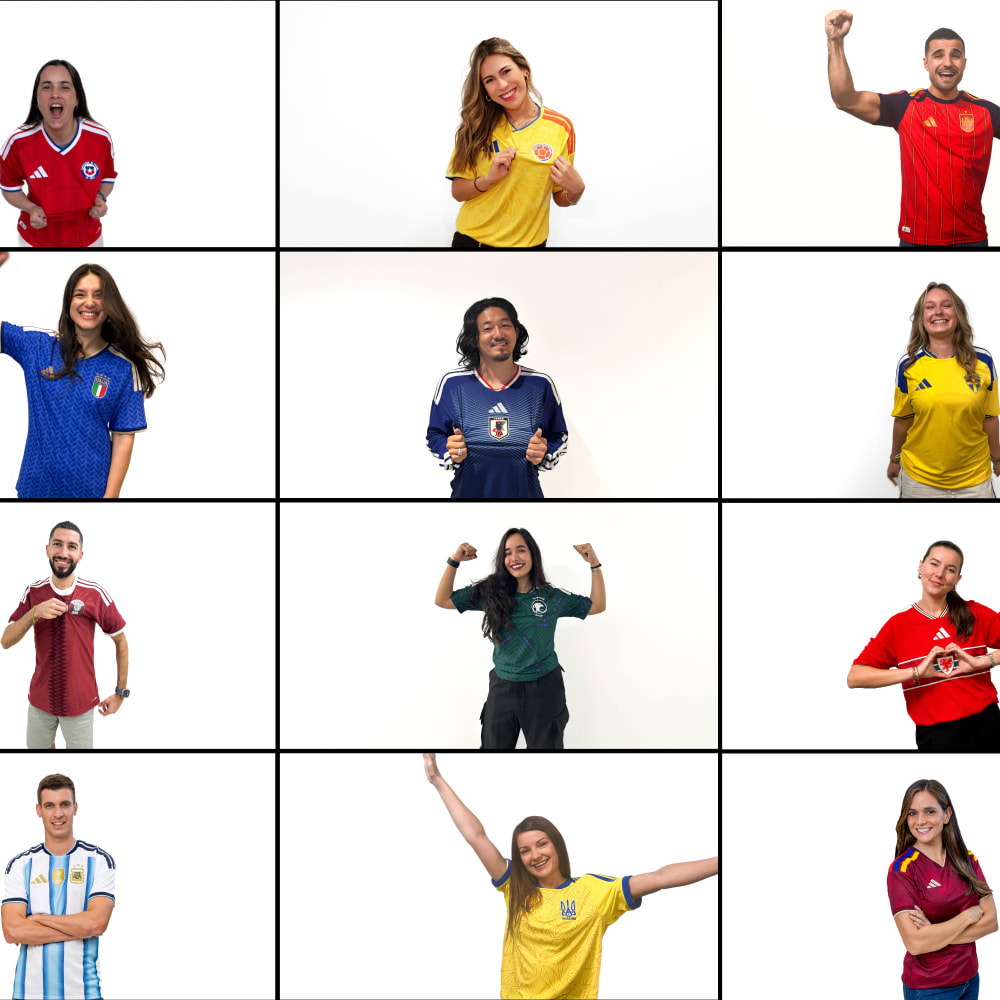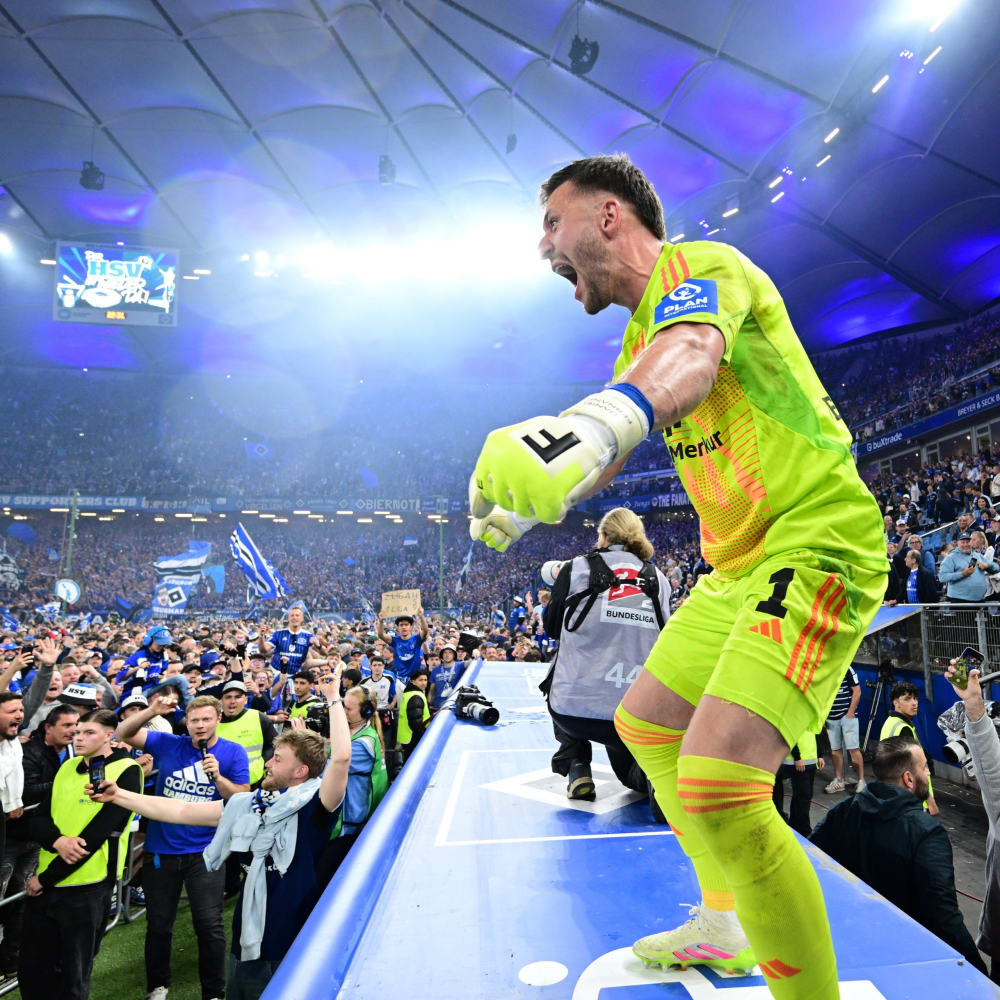
From Apprentice to Senior Manager: My Journey as a Shoemaker at adidas
From designing my first sneaker as an apprentice to leading a team shaping the future of footwear at adidas, here’s how I turned a passion for shoemaking into a career.

Growing up in Pirmasens, Germany, a region steeped in shoemaking tradition, I was surrounded by stories of craftsmanship and innovation. This area also holds a special connection to adidas history as it is the town where Adi Dassler, founder of adidas, learned shoemaking and it is also the hometown of Käthe Dassler, Adi’s wife. Adi’s pioneering spirit in creating functional, high-performance footwear was an inspiration to many in my community, including me.
As a teenager, I was captivated by sneakers. They weren’t just footwear; they represented a blend of art, technology, and utility. While I didn’t have a clear career path in mind, I knew I wanted to work with sneakers. My search led me to adidas’ shoemaking apprenticeship program in Scheinfeld. The decision to apply wasn’t just about following a career—it was about connecting with a legacy rooted in my hometown.


First days as an apprentice
When I arrived at the adidas factory in Scheinfeld, I was awestruck. I hadn’t realized that adidas still produced shoes in Germany. Walking into the factory and seeing shoes crafted for global icons like Lionel Messi felt surreal. Here I was, standing in the same company that Adi Dassler had built, and contributing to its legacy.
The apprenticeship began with mastering the fundamentals—cutting materials, stitching patterns, and assembling shoes by hand. Each day brought new lessons about the intricacies of leather, textiles, and craftsmanship. It wasn’t always easy; the repetitive tasks could be tough, and my fingers often ached from cutting and stitching. However, the first time I held a finished shoe I had crafted, a classic black-and-white Samba, I felt a profound sense of accomplishment. That moment validated my decision to join the program.
Putting a Niklas-inspired twist on an adidas sneaker
Towards the end of my apprenticeship, I had the opportunity to design my first sneaker. While most apprentices worked with standard black-and-white materials, I wanted to push boundaries. I experimented with vibrant colors and unconventional textures, creating a unique version of a 4D lifestyle sneaker. That sneaker, now stored in my basement, symbolizes the creative freedom and innovation that adidas fosters.
The design featured a personal touch that remains close to my heart: a coffee bean logo on the tongue. During my studies, I adopted this as my personal emblem because of my last name, which literally means "bean" in German. That first sneaker represents more than a creative endeavor—it’s a tangible reminder of my journey, my roots, and the endless possibilities within adidas.
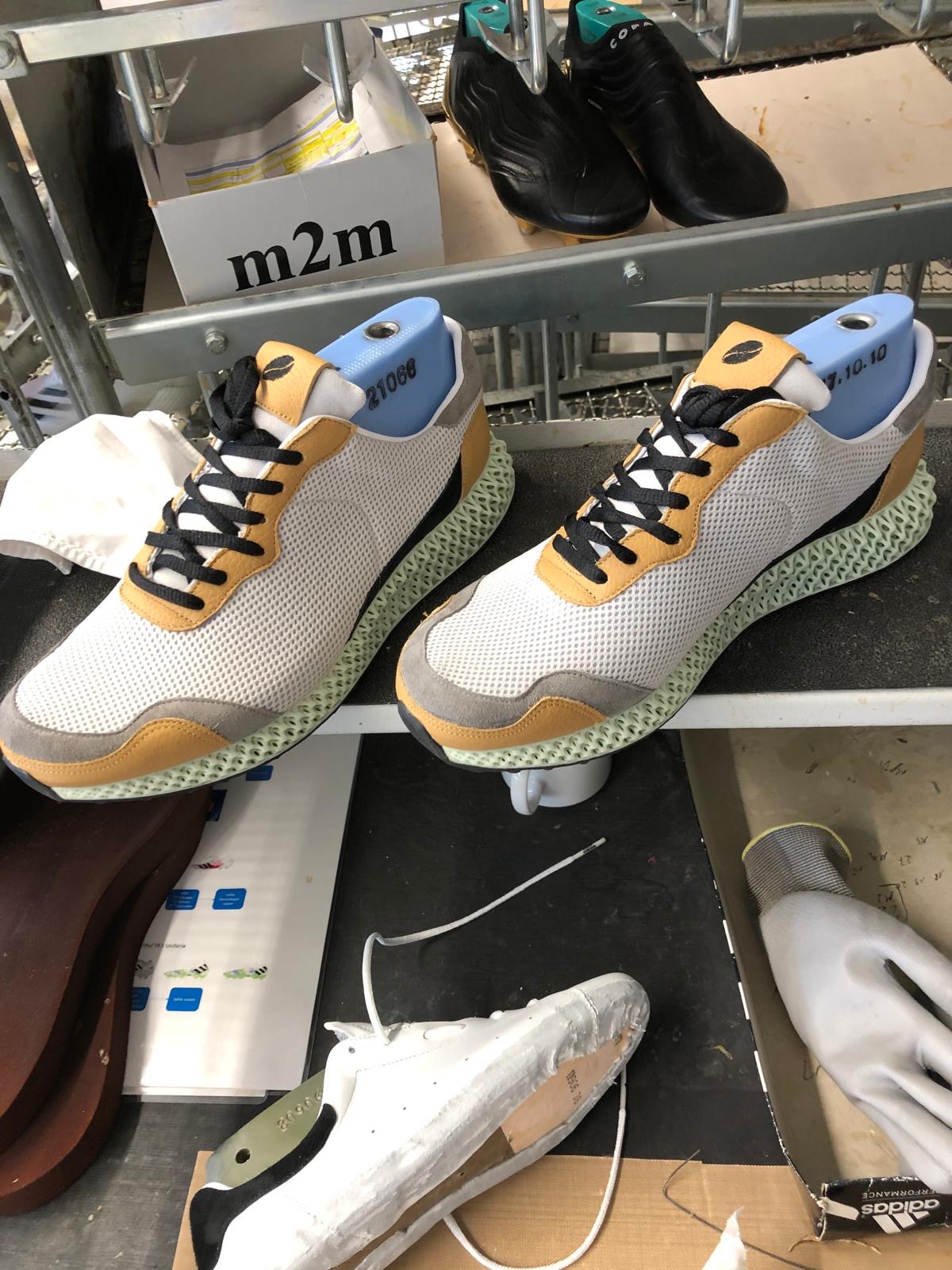
From apprentice to senior manager
The apprenticeship program opened doors I never imagined. After completing it, adidas supported me in pursuing a two-year shoemaking technician program. This advanced training, similar to a bachelor’s degree in footwear, delved into production planning, management, and innovation. When I returned to adidas, I was hired as a footwear developer.
My first major project at adidas was both demanding and transformative. One of the tasks was to revolutionize the shoemaking process by reducing the components of a sneaker to just two—a 3D-knitted upper and a single direct injected outsole. This approach drastically streamlined production, cutting hundreds of working steps down to just a handful.
The implications for the future of shoemaking were immense: fewer resources, faster production times, and a more sustainable process. Achieving this innovation required a blend of problem-solving, creativity, and close collaboration with global teams. It not only pushed the boundaries of what was possible in footwear design but also set the foundation for my ability to handle complex, high-pressure projects, preparing me for greater responsibilities ahead.
Through this project, I honed my ability to lead cross-functional efforts, navigate complex challenges, and drive innovative solutions under pressure. These experiences not only demonstrated my technical and strategic skills but also prepared me to take on the responsibilities of a senior manager.


Expanding my expertise: The three pillars of my role
Today, as the senior manager of footwear development in Scheinfeld, my role encompasses three key areas. First, I oversee product development for our production lines, ensuring that designs transition seamlessly from concepts to finished products. This includes liaising with designers and engineers to bring innovative ideas to life while maintaining adidas’s high standards.
Second, my team and I handle the costing process. This involves collaborating with suppliers to manage material costs and negotiating to ensure every product aligns with our financial guidelines. It’s a critical process that balances creativity with practicality, ensuring our shoes remain accessible without compromising quality.
Third, I lead the Scheinfeld Shoe Competence Center, which includes the shoemaking apprenticeship program, the shoe technician further education program, and annual workshops. These initiatives are essential for preserving adidas’s legacy of craftsmanship while fostering the next generation of footwear experts.
Mentorship and the role of Käthe Dassler
Throughout my career, mentorship has played a vital role. I’m particularly inspired by the story of Käthe Dassler, Adi’s wife, who was instrumental in adidas’s early success. Known for her leadership and business acumen, she managed the company’s operations during challenging times, ensuring its growth and resilience. Her legacy reminds me of the importance of mentorship and creating opportunities for others.
One of the most impactful mentors in my own journey was my former manager. Early in my career, this mentor believed in my potential and encouraged me to embrace leadership opportunities. Recently, when we reconnected, he told me that he had always known I would lead a team someday. That recognition, coming years later, was incredibly validating. His ability to see potential in me before I could see it in myself shaped the way I approach mentorship today.
By guiding the next generation, I hope to instill the same sense of possibility and purpose that my mentor gave me. I understand the uncertainties young people face when starting their careers, and I make it a priority to help them navigate their paths.
A program for everyone
One of the things I’m most proud of is that the apprenticeship program doesn’t require a college degree. Whether you’re fresh out of school or transitioning from a different career, the only prerequisites are passion and a willingness to learn. We’ve seen an incredible response in recent years, with a record high of applications for the upcoming year.
Next year marks another milestone: our first apprentice from North America (Maine, USA) will join the program. This is part of a pilot project aimed at bringing global talent to Scheinfeld. By fostering a mix of local and international perspectives, we’re creating a richer, more dynamic learning environment.

The future of shoemaking at adidas
As I look ahead, my vision is clear. I want to see the apprenticeship program grow, attracting even more talent and creating opportunities for people who, like me, might not have taken a traditional path. Shoemaking isn’t just about stitching and assembling—it’s about innovation, problem-solving, and creativity. And in a world increasingly focused on sustainability, our program is at the forefront of teaching efficient and eco-friendly production methods.
By expanding our reach and incorporating diverse perspectives, we can continue to push the boundaries of what’s possible in footwear. Personally, I’m committed to mentoring the next generation, sharing my journey to inspire them to take bold steps in their careers.
Looking back at my career is a testimony to what you can do too
Nine years ago, I was just a kid from Pirmasens with a love for sneakers and no clear plan. Today, I’m leading a department at adidas and helping shape the future of footwear. The path wasn’t easy, but it was worth it.
If you’re passionate about sneakers and looking for a career that combines craftsmanship with innovation, consider joining our program. Who knows? You might just find yourself creating the next iconic adidas sneaker.



